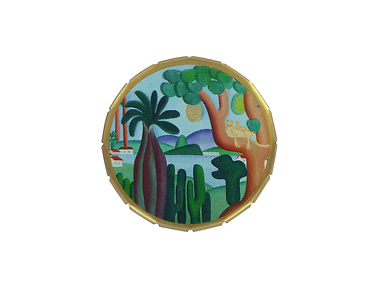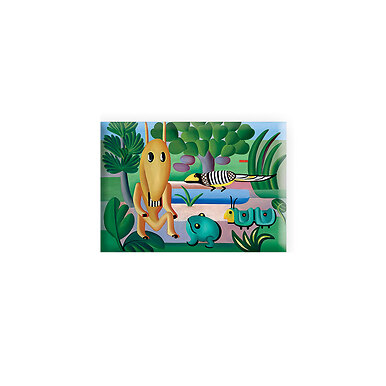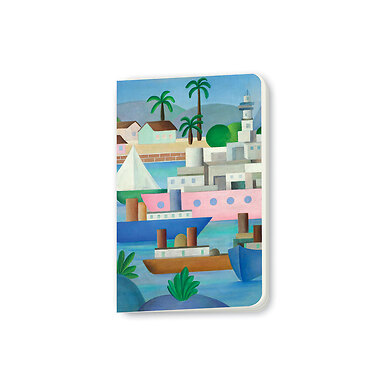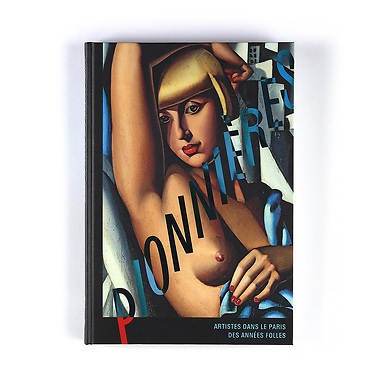Bestseller
Notebook Tarsido do Amaral - Cartão postal, 1929
IP150458
Read more
Sold by GrandPalaisRmn
Characteristics
- Dimensions
- 15 x 21 cm
- Material of the original work
- papier
- Artist
- Tarsila do Amaral (1886-1973)
- Art movement
- 20th century
- Maintenance
- Store in a dry place
- Museum
- Musée du Luxembourg
- Theme
- Made in France
- Reference
- IP150458
- EAN
- 3336729198849
- Matière de l'article
- Paper, cardboard
- Conservation museum
- Private Collection




























